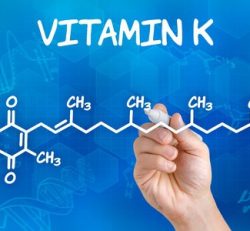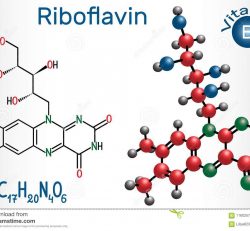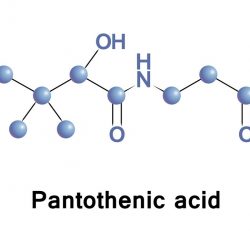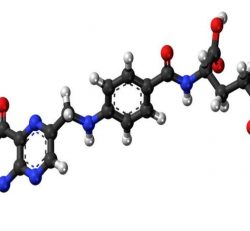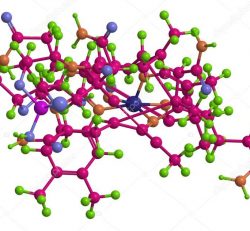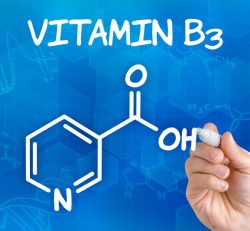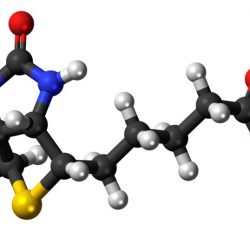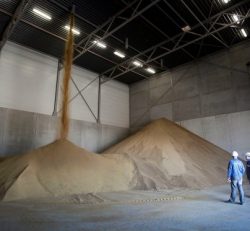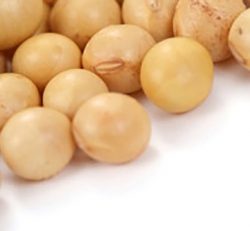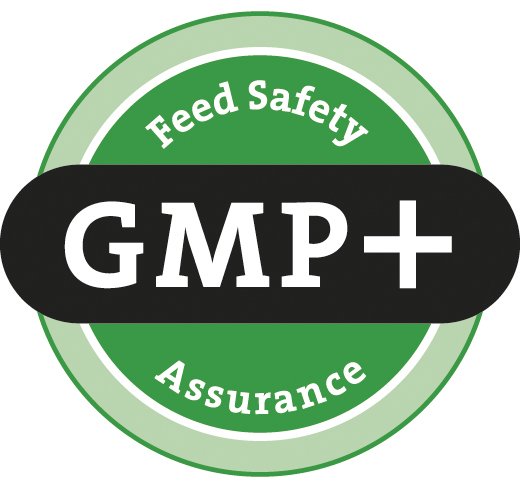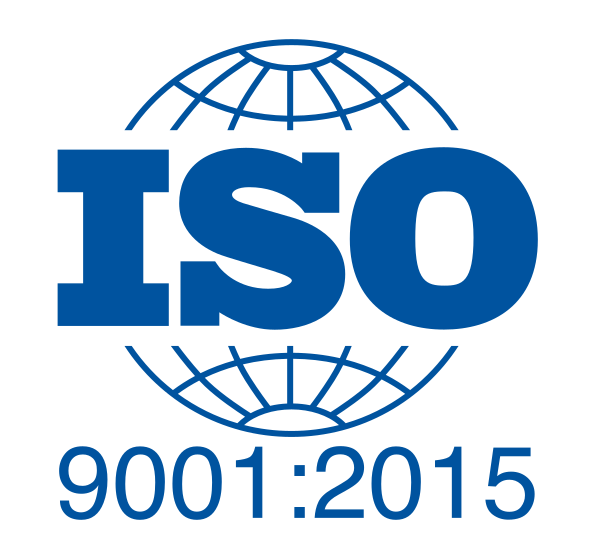THE VIP (VERY IMPORTANT PROTEIN) FOR DAIRY COWS

A perfect ecosystem
Ruminants can degrade fibre thanks to the synergistic actions of different microbial populations inside the rumen, including bacteria, fungi, protozoa and methanogens. This ecosystem ferments both fibre and other nutrients, such as sugars and carbohydrates (CHO), into short-chain fatty acids, (SCFAs). These represent the main energy source for the cow for both maintenance and milk production. Fermentation also fuels microbial growth and in-turn the synthesis of protein.
Milk production depends directly on metabolisable energy and protein available to the animal, after the need for growth and maintenance. Modern, dynamic formulation systems such as the Cornell Net Carbohydrate and Protein System (CNCPS) or platforms such as Nutritional Dynamic System (NDS) calculate milk production forecasts based on metabolisable protein and the amino acids profile available at the intestinal level. This approach is becoming more widespread due to their strength in forecasting subsequent production.
A good source of MP
Metabolisable protein (MP) comes from 2 sources: microbial protein and ‘bypass’ protein which escaped degradation in the rumen. In high-producing cows, microbial protein can supply more than 50% of total metabolisable protein. In addition, microbial protein provides 60% to 85% of amino acids that reach an animal’s intestine. In terms of amino acid profile and economic efficiency, microbial protein proves superior to vegetable and other animal protein sources.
Table 1 – Amino acid composition of different protein sources.

Source: Block 2006; (g/100 g of amino acids)
From a nutritional standpoint, the amino acid composition of rumen bacteria is the closest to milk (Table 1). Increasing bacterial protein synthesis can save on metabolic processes by improving nitrogen utilisation and efficiency. Economically, the cost to produce one gram of high quality microbial protein is lower than for any other protein source of either vegetal or animal origin. Consequently, investing in strategies that maximise the output of microbial yields represent a good strategy to optimise economic investments.
Rumen microbial protein production offers additional benefits, including:
- A high rate of digestibility of 75% to 80% (similar to soybean meal)
- A constant and reliable amino acid profile (important for stable milk production and milk protein quality)
- Energy from rumen fermentation through improved fibre digestion.
Optimising rumen protein production
To the extent that we are able to maximise milk protein production through good rumen function and health, we can optimise the cost of our protein diet. In this light, producers and nutritionists should pay particular attention to rumen pH, proper cultivation techniques and harvesting time in order to optimise neutral detergent fibre (NDF) digestibility of forages and to the choice of ingredients that best meet a cow’s and rumen bacteria’s needs.
From a formulation perspective, a profitable ration for high producing cows should have at least half of all metabolisable protein coming from rumen bacteria and more than 70% of the starch efficiently fermented in the rumen. Both these parameters are good indicators of proper rumen efficiency.
Table 2 – Opportunities for ruminal protein production.

Source: Biomin
There are several opportunities for improving microbial protein synthesis, just as there are several bottlenecks that can limit the quantity of microbial protein that rumen microflora create. Some of these are reported in Tables 2 and 3.
Table 3 – Bottlenecks for ruminal protein production.

Source: Biomin
Tools for the rumen
Rumen microbes require a constant supply of nutrients and stimulating factors to sustain growth. Otherwise, bacterial protein will be depressed, fibre digestion will be sub-optimal and SCFA synthesis variable and provide insufficient energy for dairy cows. Fortunately there are several feed additives to help support dairy performance.
- Levabon Rumen E relies on an advanced, proprietary autolysis technology that uses enzymatic reactions to break down whole yeast cells into fragments, supplying helpful rumen microbiota with needed nutrients among them nucleotides and glucans. In vivo trials have shown Levabon to increase the microbial protein indicators by 46%.
- Less well-known mycotoxins seem to play an increasing role in limiting proper rate of fermentation and bacterial growth in the rumen. Mycofix provides protection against a broad range of mycotoxins that may interrupt animal health or cause reproductive issues.
Limiting anti-nutritional factors
Together with a proper prebiotic stimulating strategy, we need to limit those anti-nutritional factors which have a direct effect on rumen microbial population. A poor amino acid profile in the protein degraded in the rumen and for rumen soluble fraction does not necessarily result in growth limitation of rumen microbes. On the contrary, rumen microbes can convert cheaper sources into microbial protein that has a profile more suitable for the synthesis of milk.
An optimal strategy will draw at least half of metabolisable protein from microbial sources. Maintaining rumen microflora that is well-stimulated and well-balanced relies upon a good prebiotic strategy, proper mycotoxins risk management and good feed efficiency.
Biomin
Company profile
Source: www.dairyglobal.net


